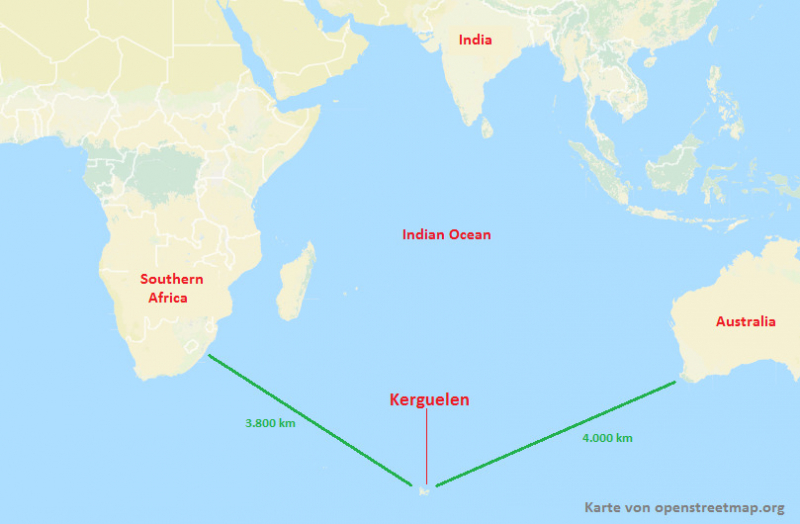The Indian Ocean ranks as the third-largest ocean globally
The Indian Ocean ranks as the third-largest ocean globally, covering an expansive area of approximately 70.56 million square kilometers (27.24 million square miles). It stands as a vital conduit of cultural diversity, with its shores surrounded by a multitude of nations representing varied languages, religions, and traditions.
Historically, the Indian Ocean has been a significant trade route, connecting civilizations across Asia, Africa, and Europe through ancient trade routes like the Silk Road and Spice Route The Indian Ocean is greatly influenced by the Indian monsoon, which plays a pivotal role in seasonal weather patterns and agriculture in the region.
Ecologically, the ocean is rich in marine life, hosting diverse fish species, dolphins, whales, and vibrant coral reefs. It is a crucial resource for fisheries that sustain the economies of many coastal nations. In essence, the Indian Ocean's status as the third-largest ocean is a testament to its diverse cultural heritage, historical significance in trade, meteorological impact, and ecological importance on a global scale.











